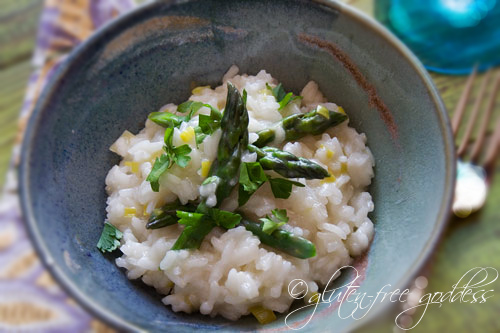Craving meatballs but shun evil gluten?
Have I got a meatball recipe for you. And it's so good you won't even have to apologize to your Aunt Carmella. I promise. She won't ever suspect you pulled a switcheroo on the old family recipe and made it gluten-free.Mum's the word (or is it Mama mia?).
Let's face it. When it comes to making meatballs every family boasts an ultra-special top secret meatball recipe, right? There's a loyalty to meatball mojo as fierce and tooth baring as the die hard belief that Mom's meatloaf can cure all ills, mend bruised hearts, and restore order to chaos theory.
So why am I putting myself on the line here? How do I even dare to post a gluten-free meatball recipe? The wrong ingredient or technique might actually lead to fisticuffs. Or bristling. You might turn away from Gluten-Free Goddess in utter, sheer contempt.
I'm putting my reputation on the line here, and I know it.
So why risk it? Why torture myself with the inevitable backlash? Reason one- an obvious plea. My meatballs are gluten-free and casein-free, in other words, GFCF. My audience. My people.
These meatballs also happen to be egg-free (yes, I hear the snorts of derision- may you wake tomorrow with a blooming albumen rash and come crawling back to peruse my egg-free recipes).
Reason number two? My spaghetti and meatballs? Killer. I'm serious.
Meatball bliss.


















 to the rescue. It's been a roller coaster week for us. From opening a bottle of Veuve Clicquot to learning that our buyer had run into a snag. He missed the deadline for obtaining a mortgage. We remain hopeful and knee deep in book stacks and boxes, however. He's still trying. Still interested.
to the rescue. It's been a roller coaster week for us. From opening a bottle of Veuve Clicquot to learning that our buyer had run into a snag. He missed the deadline for obtaining a mortgage. We remain hopeful and knee deep in book stacks and boxes, however. He's still trying. Still interested. 




.png)
.png)
.png)












